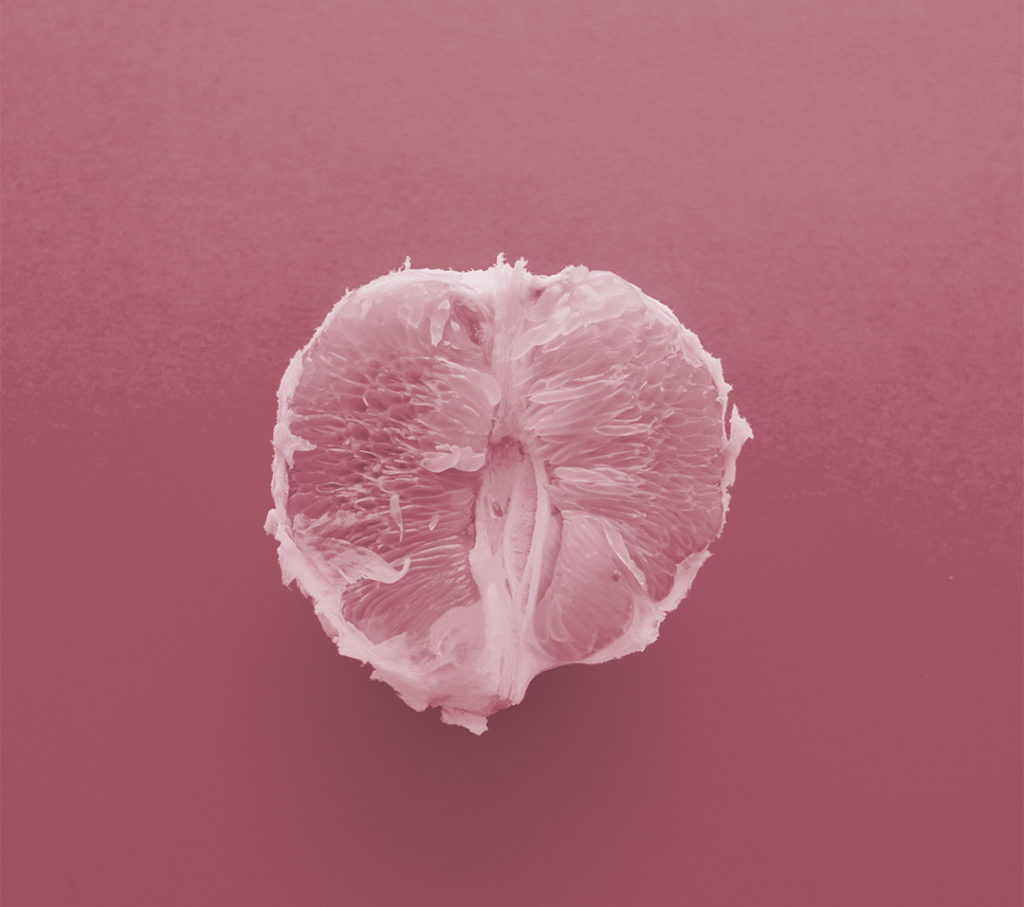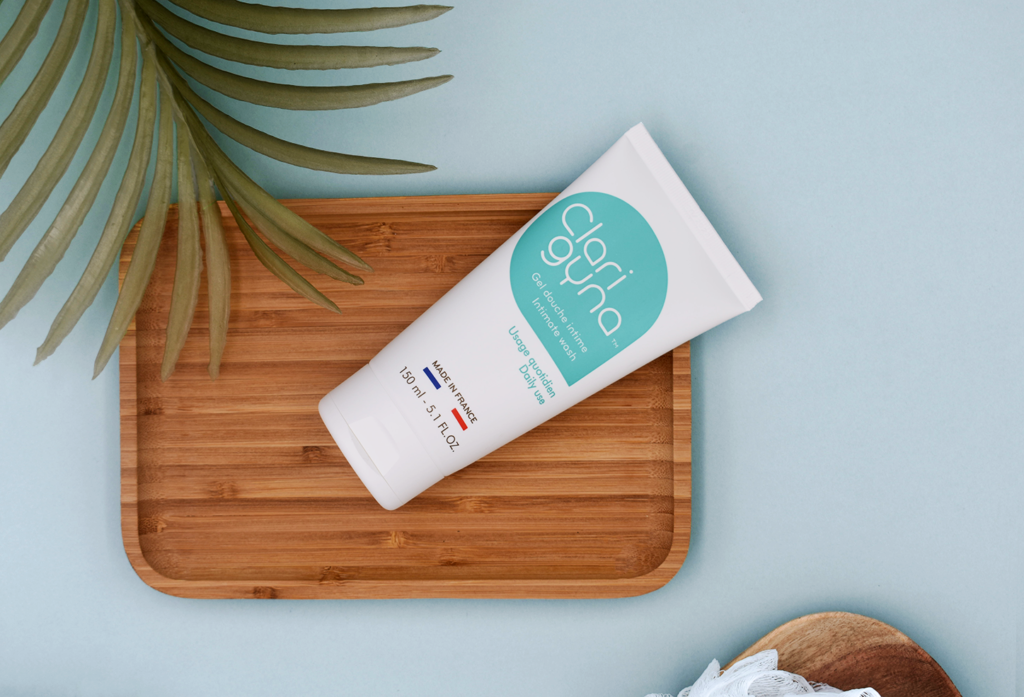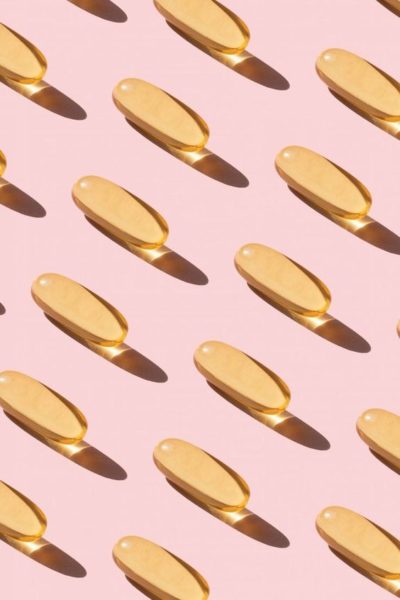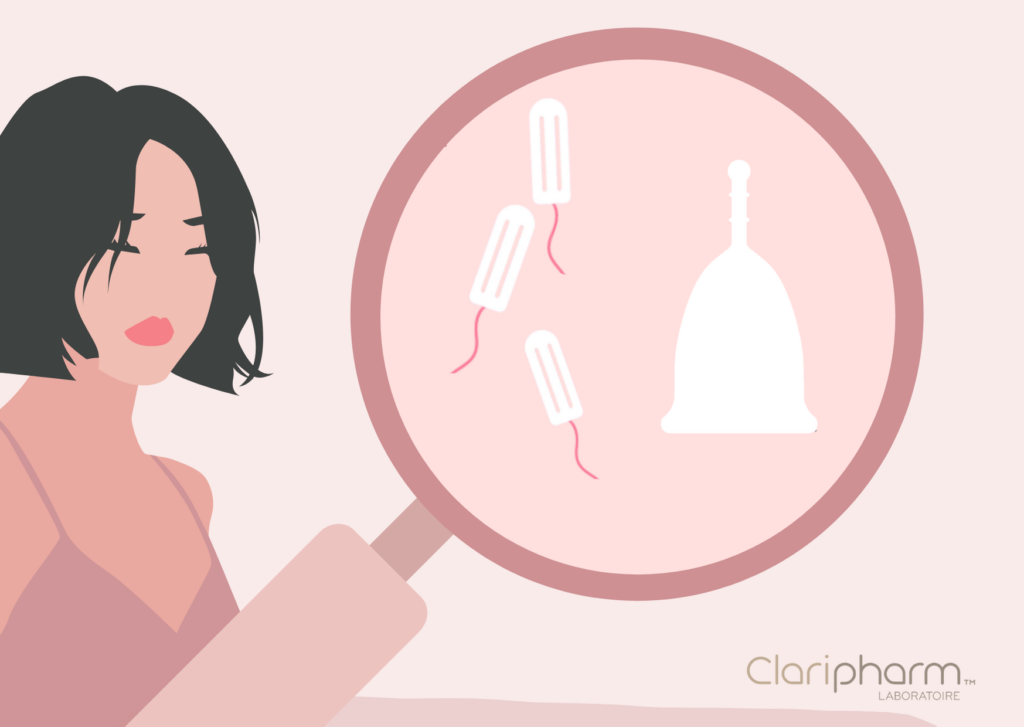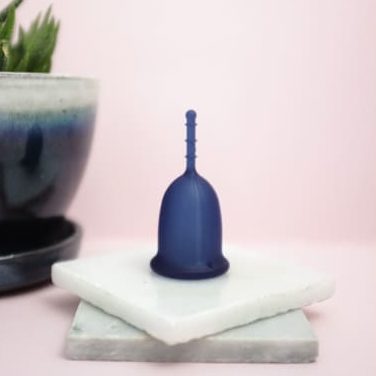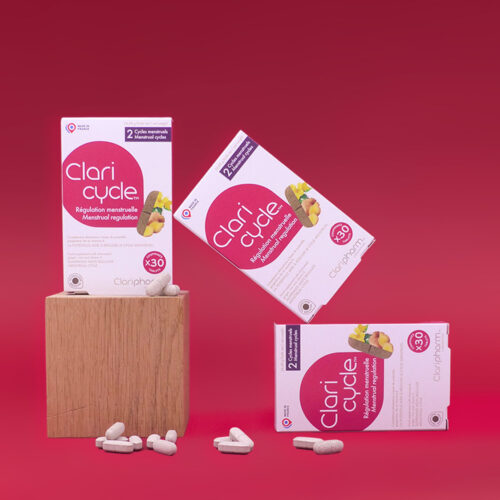Every month, 2 billion women around the world have their period.
In France, 16 million womenbetween the ages of 13 and 52 use sanitary protection every month during their periods.
The numberof menstrual protections sold around the world is phenomenal.
The market for intimate protection products
According to a study carried out by Opinion Way in 2017, the sanitary protections most used by menstruating women are firstly disposable sanitary towels, then tampons. Non-recyclable products that represent tons of waste per year.

source: Opinion Way survey conducted for ANSES in 2017.
Last year, 104 million sanitary towels and almost 24 million tampons were sold in France according to IRI.
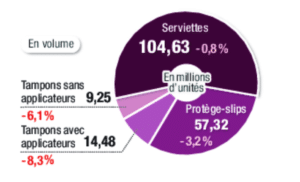 Source: Iri, CAM at 23.02.2020, all circuits
Source: Iri, CAM at 23.02.2020, all circuits
Environmental consequences …
Worldwide, 49 billion pads and tampons are thrown away each year, which corresponds to an annual waste generation of about 590,000 tonnes. It should also be noted that 500 years for these sanitary products to degrade, as much as a plastic bottle. According to GreenPeace, the sanitary protection industry is one of the most polluting in the world.
In Europe, these products end up in landfills in 87% of cases or are incinerated (13%), which wastes resources and has negative repercussions on the environment, including groundwater and soil pollution, greenhouse gas emissions…
Single-use protection in the ocean
Vous le saviez ?
Many menstruating people flush their menstrual waste down the toilet.
These can then be introduced into the marine environment, with significant environmental consequences.
They are among the most common disposable plastic products found in the marine environment, accounting for 6.2% of the waste found on UK beaches.
As they disintegrate, they release a large number of microplastics into the water.
How to have your period in an eco-responsible way?
Avoid flushing periodicals down the toilet
Due to lack of knowledge, the taboo surrounding menstruation, or lack of information on the use of products, users may be likely to flush intimate protection down the toilet.
Favouring reusable protections
There are now many environmentally friendly alternatives for sanitary protection.
1- The menstrual cup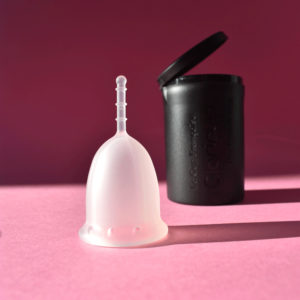
The best alternative to the tampon is undoubtedly the cup. Our Claricup™ made of medical silicone keeps you dry for 6 hours. You can keep it for 5 years if you follow the instructions for use and cleaning. Easy to use, it is sold with its transport and sterilisation box.
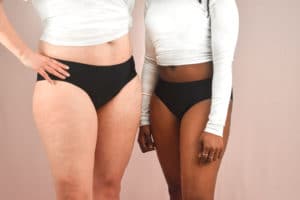
2- Menstrual panties
For fans of external sanitary protection there is the Clari Underwear™. A simple and effective way to live through your menstrual period with peace of mind. Composed of 3 absorbent layers, the Clari Underwear™ offers discreet and effective protection, but also gentle on your skin thanks to quality fabrics and certified organic cotton. To fit all body types, Clari Underwear™ panties are available in 7 sizes, from XS to 3XL.
3- The reusable towel
Finally for those used to sanitary towels, Claripharm will soon launch Claripad™: a range of washable sanitary towels. Stay informed of its arrival by following us on social networks.
https://www.down2earthmaterials.ie/2013/02/14/decompose/











